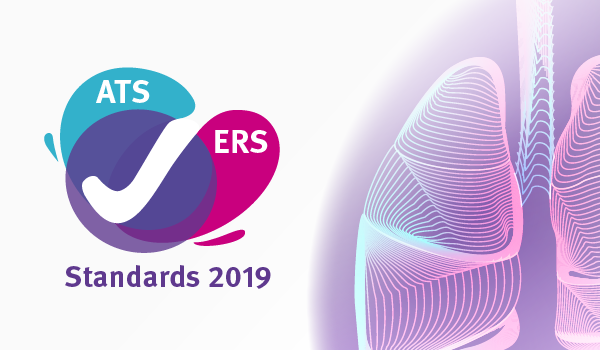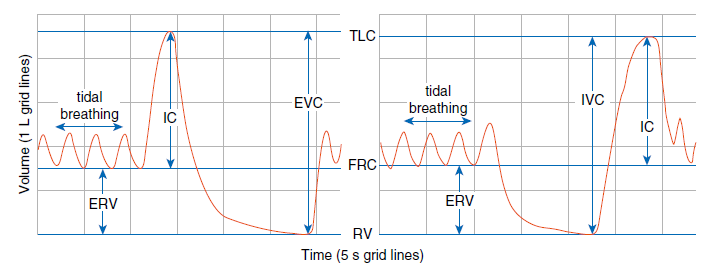ERS/ATS Spirometry Standard 2019 Part 5

To continue our in-depth analysis of the new spirometry standard, in today’s article, we will focus on part 5 of the series:
- Harmonization with ISO 26782
- FVC maneuver with maximal inspiration and end of test criteria
- The new quality grading system
- Report parameters
- New criteria for slow VC maneuver and bronchodilator responsiveness testing
- Newly required usability features
Previous editions of the standard use the term “reversibility testing”, but the standard issued in 2019 substitutes the term “bronchodilator responsiveness testing” to avoid the misunderstanding that “reversibility” implies the complete elimination of airway obstruction. Additionally, the new standard requires greater assistance from the spirometry testing software during the bronchodilator responsiveness testing, such as displaying the time elapsed since the last pre-maneuver, and issuing a warning if the elapsed time is shorter than the wait-time of the bronchodilator effect.
The 2019 standard also provides additional guidance on the quality assessment for slow VC maneuvers. Specifically, the stability of the preceding tidal breathing is defined as having at least three tidal breaths, with end-expiratory lung volume within 15% of the tidal volume. For some patients this stable tidal breathing is hard to achieve. In their case the test should be allowed to go ahead after 10 tidal breaths, but the parameter IC should not be reported, as it is no longer reliable.

